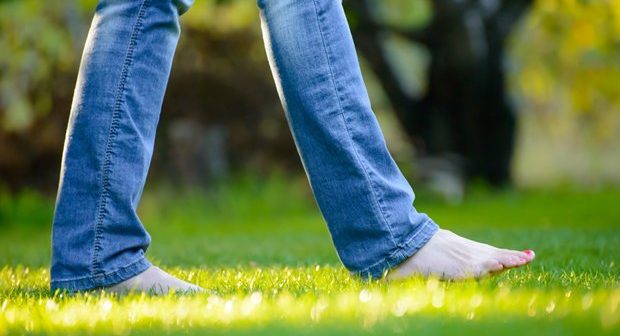Help Your Lawn Bounce Back From the Winter.
A harsh winter can do a huge amount of damage to your lawn. That’s a simple fact of the season, and it’s a problem that every homeowner needs to solve if they want to have a lush lawn. The people who succeed are the ones who realize that there are plenty of things they can do to help their lawn recover. It will take some effort, but your work will be rewarded a beautiful lawn.

Replace Damaged Areas
The most important job is identifying and removing any damaged parts of your lawn so they can be replaced. Most of the problem areas will be near roads and pathways, since salt and gravel from snowplows can easily kill grass. In general, you should be looking for patches of grass that are thinner than the surrounding area or are discolored. Be sure to do this work when your lawn is reasonably dry, to avoid causing new damage.
That having been said, you should check the rest of your lawn for damage as well, usually in the form of disease. The moisture from melting snow can encourage fungus and other parasites to grow. Look for strange colors and textures on the grass. If you find any, pull out the infected patches before the disease can spread to the rest of the lawn.
Once you identify the problem areas, you need to clear out any dead or damaged grass to make room for new growth. This is also a good time to get rid of any stones or other debris that have found their way into your lawn. Going over the grass with a metal rake is usually enough. Follow that by spreading grass seed over the damaged areas. It’s better to use too many seeds than too few, so don’t hesitate to throw some seeds on any area that looks like it could use a little care.
Deal with Puddles
Grass is not an aquatic plant. It can survive in waterlogged soil for some time, but that isn’t good for the plant. It also makes the grass more vulnerable to damage, so you can’t always work on your lawn when it’s boggy. Dealing with excess water is mostly a waiting game, but you can do a few things to make it dry faster.
The simplest solution is to use a garden fork. Take it to each of the waterlogged parts of your lawn, and push it into the grass. It should go down about six inches. This will help the water soak into the soil, which gets rid of it relatively quickly. If the problem is particularly bad, mix loam, peat, and sharp sand together and sprinkle them on top of the grass. A little bit will go a long way, and too much will bury the grass, so be conservative.
Be sure to avoid walking on the boggy areas as much as possible. The water weakens the grass to the point where you could easily kill it with your feet. Only use these techniques to make it dry faster if you don’t think that your lawn will dry fast enough on its own.
Fertilization
Plants need nutrients to survive, and most lawns are fairly depleted after winter. That means that you need to replenish your lawn’s supply of nutrients if you want your grass to thrive. You should apply your fertilizer fairly early in the season, as soon as the plants start to turn green. Be sure to follow the directions on the package and reapply it whenever necessary.
You also need to be sure to pick the right fertilizer for the job. A lot of the decision will come down to what types of grass and soil conditions in your lawn. For the best results, you should get a chemical test of your lawn and choose accordingly. You almost always need a fertilizer with a high nitrogen content, but the other factors are highly variable.

If you need to trim your lawn, be sure to leave the trimmings on the ground. They will decay fairly quickly, and in doing so they will return nutrients to the soil. That isn’t enough to replace a fertilization regimen, but it can contribute to a healthy lawn.
Mow with Care
Give your lawn time to develop before you mow it. In general, you should let the grass grow until it is about one inch over your desired height before you cut it down to size. If it’s the first mow of the season, you can even let it grow a little taller. The first mow usually comes before the grass has fully recovered from the winter, so cutting it too short can cause a surprising amount of damage. Consider leaving it a little bit taller than you usually would, just to be safe.
Prune Other Plants
It’s easy to focus on grass, but you shouldn’t forget the other plants that are growing in your lawn. If you have any trees or shrubs, you want to prune them as early as possible. You should check the individual guidelines for pruning each species in your lawn, but you usually want to prune them heavily to make room for new growth. Be sure to avoid accidentally cutting off any fresh shoots. That can easily prevent their growth for the year, and even cause long-term damage to the plant in extreme cases.
Weed Prevention
Most weeds start to grow in early spring. You’ll have to deal with them at some point, and catching them early is much easier than dealing with them after they take root. You can apply a preventative herbicide at this stage to help prevent them from growing. Many people apply it at the same time as the fertilizer, to make sure that they don’t forget about it. Be sure to pick an herbicide that will not interfere with your grass. When in doubt, ask for advice at a garden supply store to make sure you pick one that will be healthy for your lawn.







